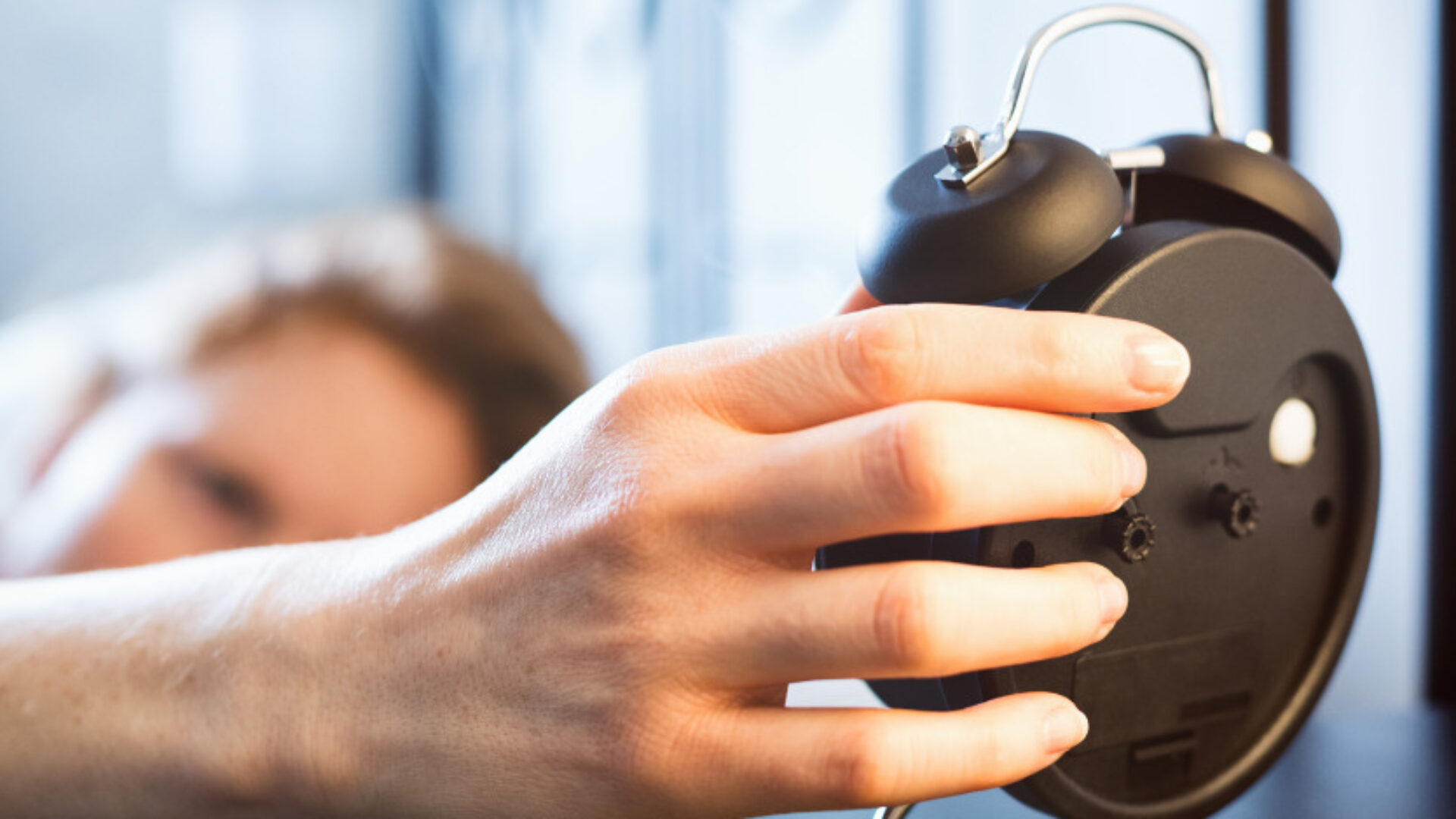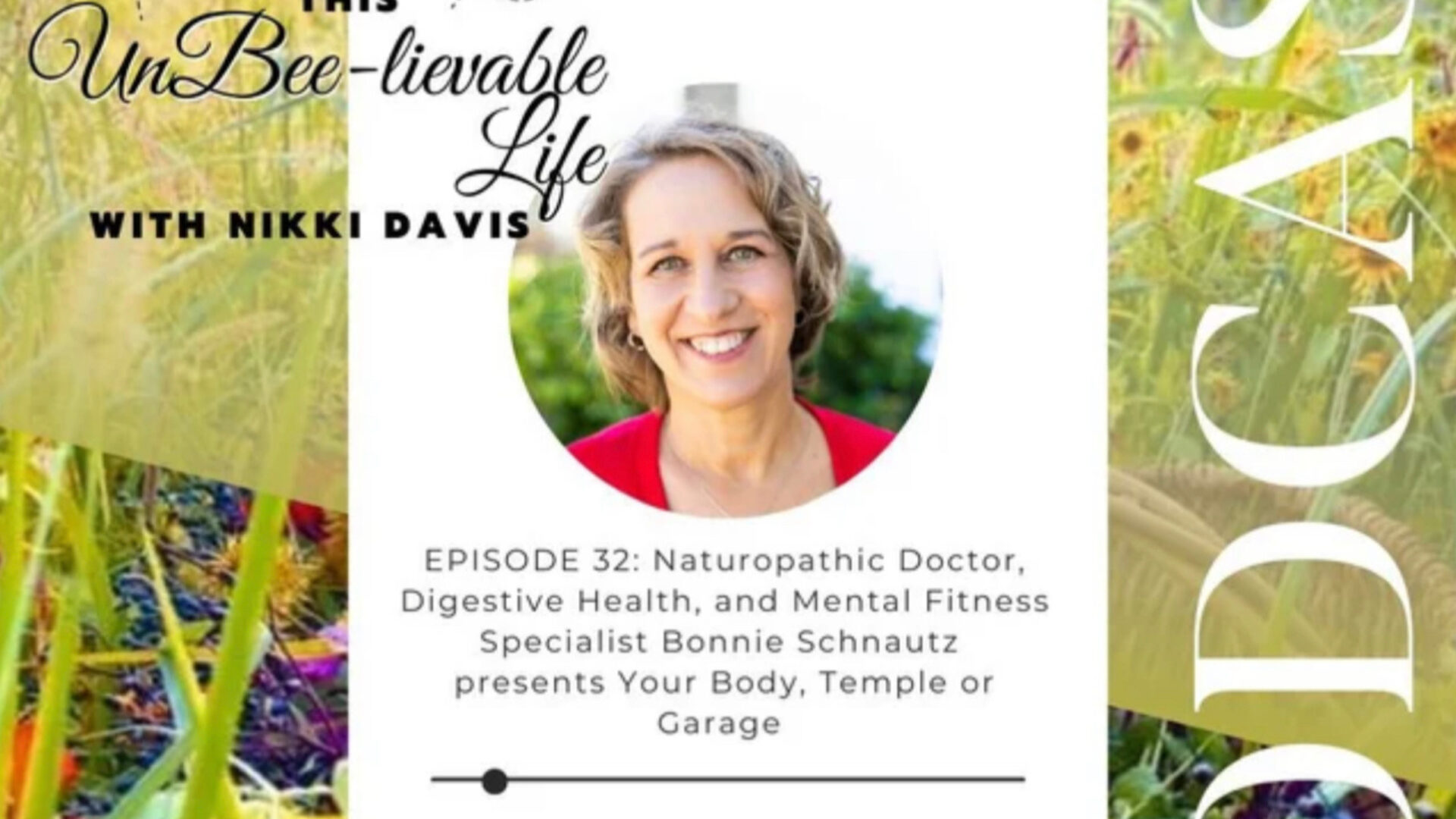Benefits of Fatty Acids for Well-being
We believe that healthy fats are the cornerstone of your health and vitality. In fact, we are so passionate about fats and oils because the science is crystal clear: healthy fatty acids promote optimal health. A diet rich in these beneficial fatty acids can have a profound impact on your wellbeing, ranging from your heart and brain to your skin and hormones. Some of the key benefits of specific fatty acids include: Linoleic Acid (Omega-6 Fatty Acid): Cell Membrane Structure Healthy cell membranes require linoleic acid for their formation and maintenance. The composition of fatty acids in cell membranes can influence their physical properties, such as thickness, permeability,…






